Solitary Refinement? Prisons Around the World Are Being Transformed Into Luxe 5-Star Hotels

Ever wished your holiday would never end? Want to take your next trip to the maxi-mum? Looking for a spot for a cell-abration? Dreaming of a great escape? By order of the court, check into the swankiest of sneezers.
A bevy of adaptive reuse projects around the world has led to a surprising luxury travel trend: a growing number of stunning new hotels where you’d least expect to find them—in prisons.
More from Robb Report
Massachusetts Could Lose $1 Billion a Year From an Exodus of Wealthy Residents
Celtics Star Al Horford's Boston-Area Home Bounces on the Market for $9 Million
One recent unprepossessing pokey to get the Cinderella treatment is in Australia—a country that knows a thing or two about convicts. After a $1 billion dollar revamp, the defunct HM Prison Pentridge in Melbourne—which housed famed Down Under criminals like Ned Kelly and Mark “Chopper” Read—has reopened its gates as the 5-star Interlude. With just 19 suites, a subterranean heated pool, an award-winning restaurant and a wine bar, it’s a sumptuous slammer à la mode.
“Pentridge from the time it was established, operated under oppressive rules, it housed some of Victoria’s most hardened criminals and over time,” said Dennis Bear, a former officer at the prison, who now acts as a tour guide. “The preservation of Pentridge is invaluable as it offers a wealth of knowledge and history. One has to admire the transformation of the complex. It has really rejuvenated the area. It’s a sanctuary for me now.”
The draw for hotel developers is obvious: Prisons are often large heritage buildings with compelling back stories. Despite occasional backlash and even if those stories aren’t always positive—most of these prisons have seen executions, or, in the case of Mamula Island in Montenegro, have served as concentration camps—they offer the most coveted hotel amenity of all: experience. Moreover, to assuage guest concerns, exorcize ghosts, and cast out all that bad juju, prison hotels thoroughly sanitize. In the case of the Interlude, it even tapped Indigenous Elders to perform cleansing ceremonies to “purify” the property.
Here’s a look at the most luxurious new, forthcoming, and established prison hotels from Japan to Boston.
Liberty Hotel, Boston
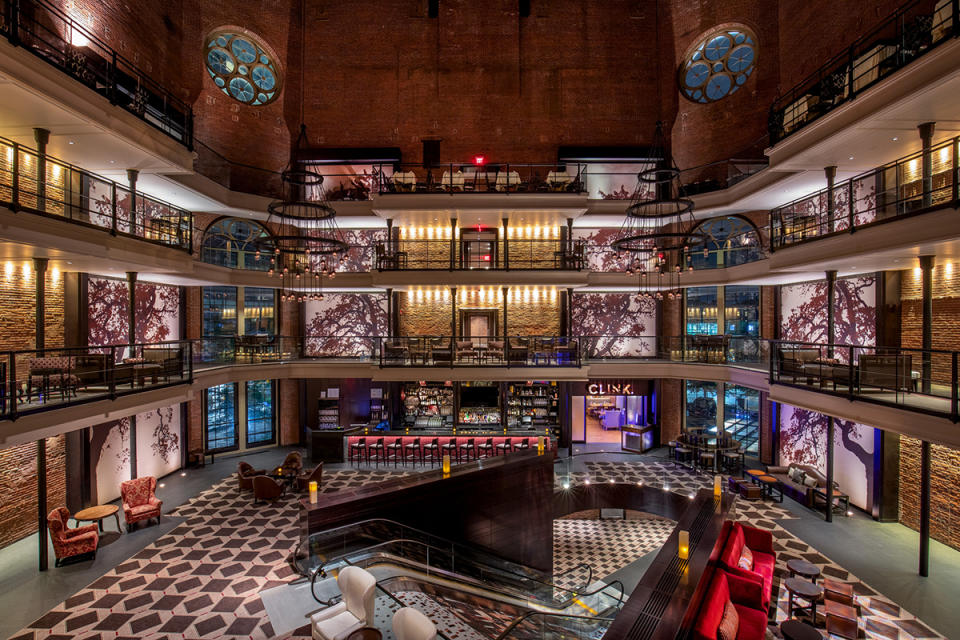
Completed in 1851, the Charles Street Jail was home to some of the country’s most notorious criminals for 140 years, as well as big names like Malcolm X and former Boston mayor James Michael Curley. Most notable and controversial inmates include Italian-born anarchists Nicola Sacco and Bartolomeo Vanzetti, who were executed by electric chair in 1925 before being vindicated in 1977. Rumors circulate that baseball legend Babe Ruth may have something to do with the transformation, with the great slugger saying it felt more like a hotel than a prison during his visit in 1925. After a $150 million dollar transformation, the Charles Street Jail opened as a 298-room luxury hotel in 2007, now called the Liberty Hotel. The property, holding on to its “Boston Granite” structure, has added stellar suites and multiple dining options, including the “old drunk tank” for late night drinks. Its most luxurious “suite hole” is the Ebersol Presidential Suite, with 270-degree panoramic views of Boston, chaise lounges, and a butler pantry.
Presidential Suite from $2,920 a night.
The Interlude, Australia
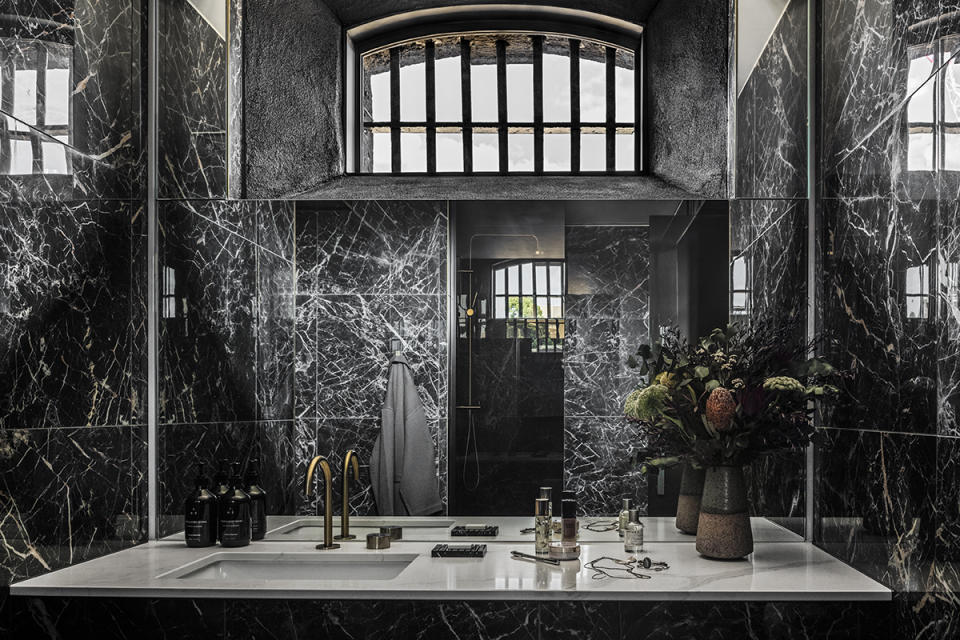
The Interlude sits on the outskirts of Melbourne, without another luxury hotel insight. After more than $1 billion invested in the transformation, the former penitentiary (home to bushrangers, outlaws, and no-gooders like Douglas Ryan, the last man to be executed in Australia), is now Melbourne’s top urban retreat. A contrast to what it was before, B Block has been converted into a beacon of light with colorful textiles, chilled prosecco in flutes, and calming muzak awaiting guests in the octagonal-shaped atrium. The hotel is also home to an award-winning restaurant, North and Common, a 500-bottle wine bar with drops from the Australian Barossa Valley and Europe, including a 2017 Bruno Giacosa Barolo Vigna le Rocche Riserva Nebbiolo from Piedmont. All 19 suites have been carefully restored with the original bluestone walls, barred windows, and wooden doors. Today, the rooms offer black marble tiles in the bathroom, curated tea blends at the mini bar, and Dreamcatcher beds for the most comfortable stay behind bars.
Sanctuary suite from $1,099.
Four Seasons Hotel Istanbul at Sultanahmet
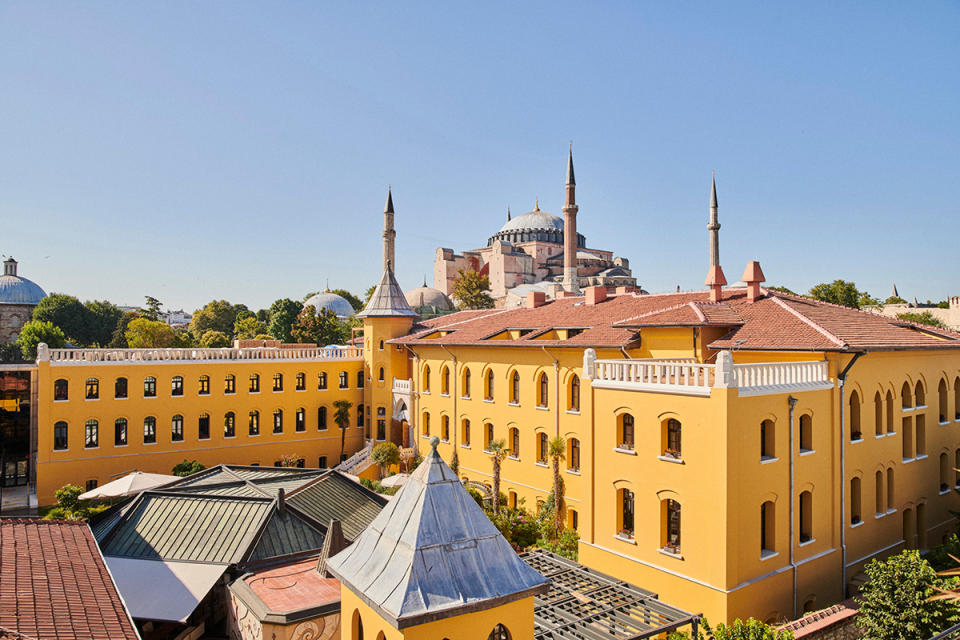
Even the Four Seasons wants to unlock the potential of a cellblock. In Istanbul, the company’s Sultanahmet district property recently underwent a hotel-wide refurbishment. Opened in 1996, the 65-room and suite Turkish neo-classical structure’s history dates back to 1918, when it was a jailhouse. Humorist Aziz Nesin, poet Nazim Hikmet, and novelists Kemal Tahir and Orhan Kemal all seceded from society here. Much of the external design and mosaic tiles remain as they always were, but inside everything old is new. The reno added Sureyya, a rooftop bar with panoramic views of the city, a gastronomic restaurant featuring Anatolian cuisine, and an expansive wellness center equipped with Turkish barber and beauty salon. There are a range of suites, but the simplest cell category is a Beyzade suite.
Beyzade suites from $2,715 a night.
Mamula Island
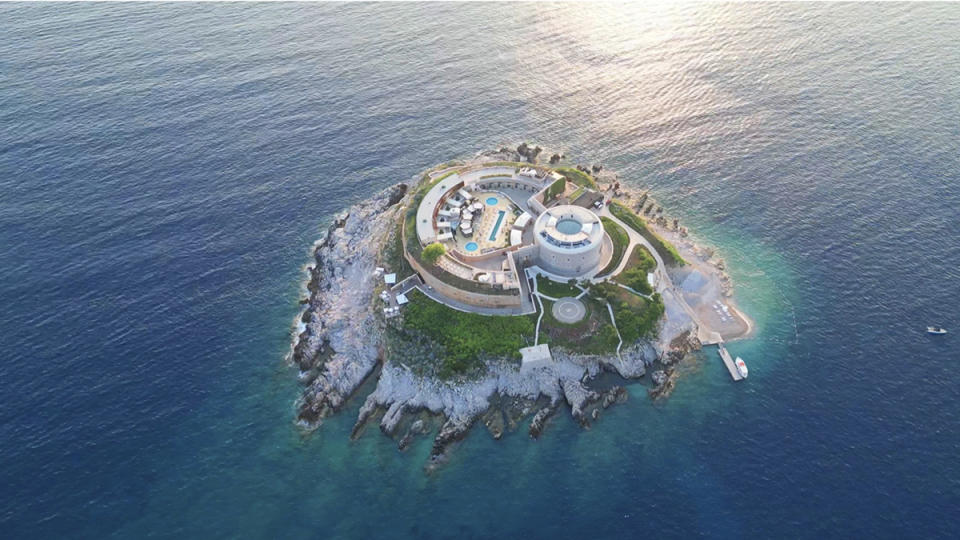
“Bravery, resistance, and survival” was the motto of those who survived a stay at Mamula Island, a fortress dating back to 1852. Originally built as a military camp, the island was used as a concentration camp under Benito Mussolini, who sent thousands into this “den of cruelty.” Despite protests from families of those imprisoned, the island now serves as a remote wellness resort, offering Shamanic body treatments, lazy mornings by the underground pool, and seaside cocktails in the evenings. Despite its morbid history, demand is high, with three months advance booking required during peak periods. Room categories include Panoramic suites, Sky suites (best for sea views), and the two bedroom Sky Spa suite—replete with frescos, Jacuzzi, in-room bar, fireplace, and views of the Adriatic Coast.
Panoramic suites from $1,410; Sky suites from $2,600; Sky Spa suite from $4,870 a night.
Hoshinoya Nara, Japan
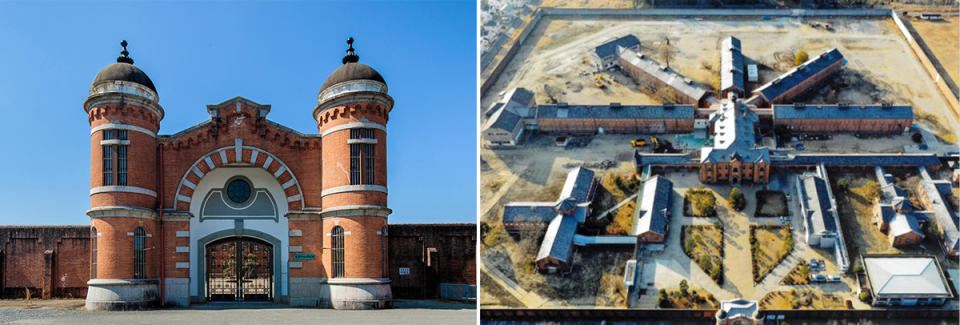
Last year, Hoshino Resorts announced its plans to develop its 10th luxury hotel on the site of a former prison. Set in the south-central Honshu district of Japan in Nara, the 1908 prison will see the conversion of cells that once housed both war criminals and juvenile delinquents into 48 guest rooms. The prison only closed in 2017, when it was used for vocational training for young perps. Set to open in 2026, the hotel will have a restaurant, a bar, and a museum to preserve the “culture and history” of this Meiji period landmark.
Pricing to be announced.
Wilmina Hotel, Berlin

This former prison and women’s correction facility in Berlin was recently reborn as a luxury boutique hotel in the heart of the eclectic Charlottesburg neighborhood. Reopened in 2022, it has a particularly rich history as a hub of anti-Nazi activists during WWII, a juvenile detention center, and a filming location for the Academy Award–winning movie The Reader. Now, known as the Wilmina Hotel, the 44-room estate is known for its light-filled, minimalist design by the husband-and-wife architect duo behind the conversion of the abandoned building. The property features all-natural COCO-MAT beds, a vegetarian restaurant tucked in the former prisoner courtyard, and the low-key Lovis bar for cocktails. Rooms come in various sizes from cozy to penthouse suite, plus one Garden Loft with its own kitchenette and large living area.
From $243 per night; Penthouse Suite from $505; Garden Loft from $600.
The Thief, Oslo
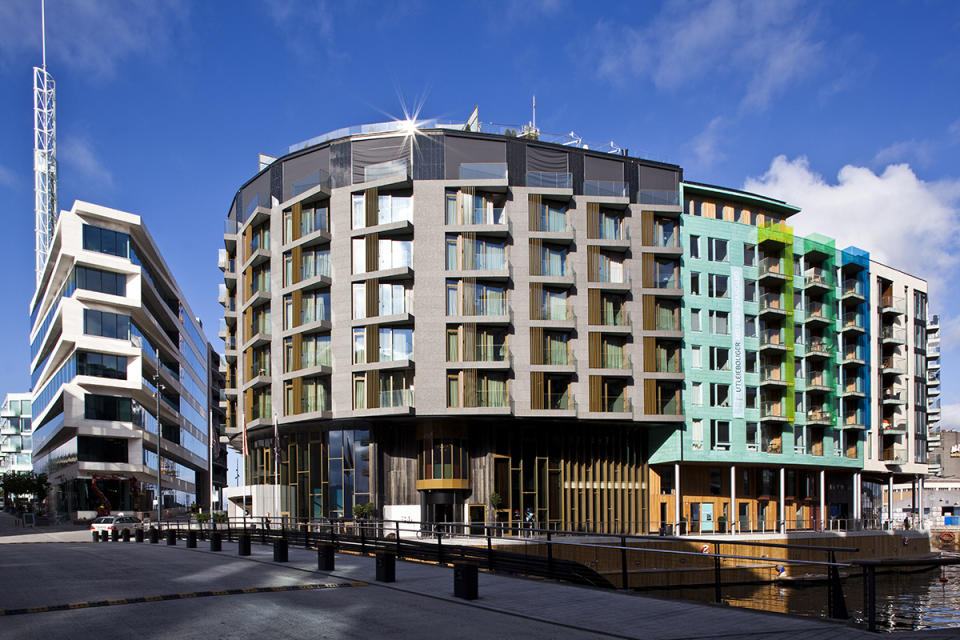
It’s hard to imagine Tjuvholmen, a tiny car-free district in Oslo known for its arts and culture scene, overrun by robbers, criminals and bandits. But it used to house them. Tjuvholmen translates to “Thief Islet” in English, and after a century serving as Oslo’s only correctional facility on the coast, this former prison is now one of the country’s most admired urban design projects. Known as the Thief, this hoosegow-cum-hotel has the biggest spa in Oslo with a hamman, multiple steam and sauna rooms, and a beauty salon. Better still, its eponymous restaurant earned a Michelin star in 2023. The nine-story, 118-room hotel also boasts an impressive amount of heist-worthy art. While most of its artwork can be found in the public areas and in the hotel’s rooftop bar, the Oslo Suite houses the most prestigious pieces and a series by artist Sir Peter Blake. If you can’t snag the biggest suite in the hotel, other suites come with bathrooms facing the Oslo fjord, floor-to-ceiling windows, and Japanese style electric bidets for your seating pleasure.
From $835; Oslo Suite from $2,987 per night.
Best of Robb Report
The Ultimate Miami Spa Guide: 15 Luxurious Places to Treat Yourself
The 7 Most Insanely Luxurious Spas in the World, From Tokyo to Iceland
17 Reasons the Caribbean Should Be at the Top of Your Travel Itinerary
Sign up for Robb Report's Newsletter. For the latest news, follow us on Facebook, Twitter, and Instagram.


